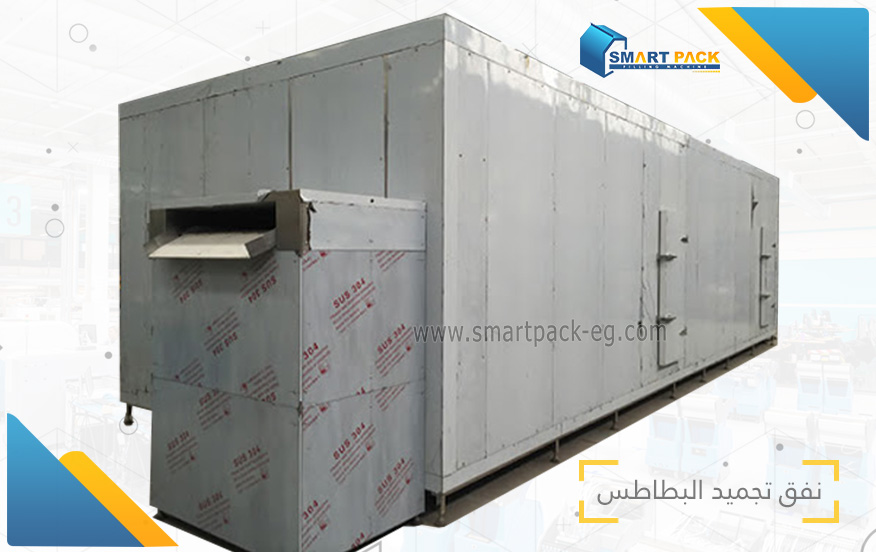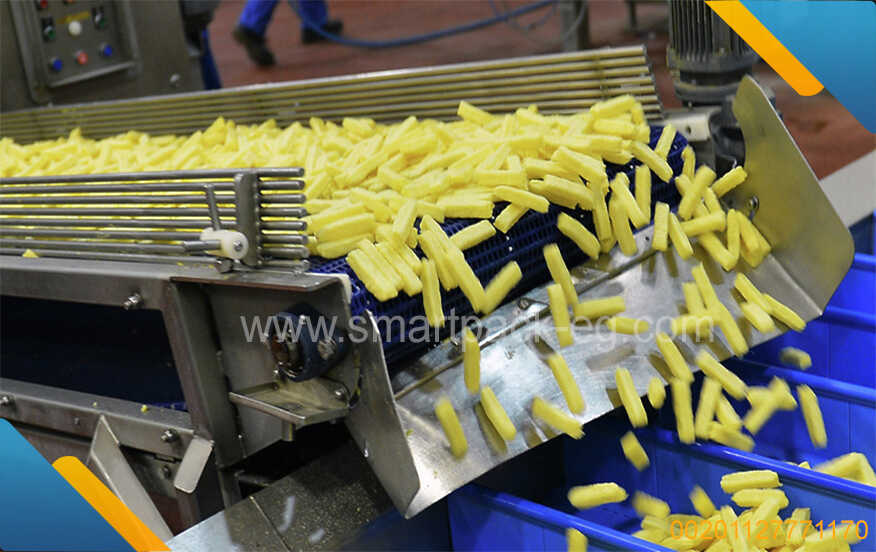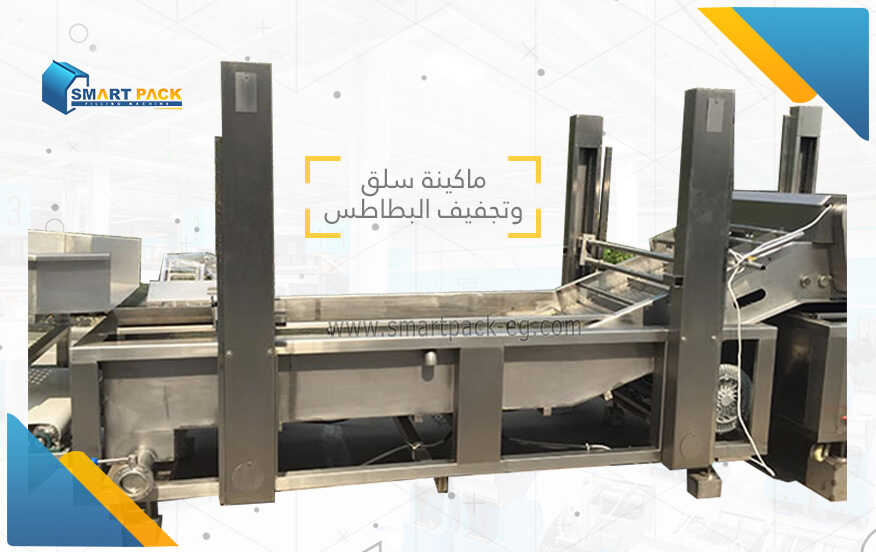How To Guide: Conducting a Feasibility Study for a Soybean Project and Maximizing Financial Benefits
Introduction:
Starting a soybean project can be an exciting venture, but it's crucial to conduct a feasibility study beforehand. This study will help you evaluate whether the project is viable and provide insights on how to make it financially lucrative. In this guide, we will provide a step-by-step process for conducting a feasibility study and offer strategies to maximize the financial benefits of your soybean project.
Step 1: Define the Objectives and Scope of the Study
- Clearly articulate your goals, such as understanding the market demand, analyzing cost-effectiveness, evaluating risks, and projecting potential profits.
- Determine the scope of your study by specifying the geographical area, size of the project, target customers, and production levels.
Step 2: Market Analysis
- Research the existing soybean market to determine demand and supply trends.
- Identify potential customers, such as feed manufacturers, oil refiners, and exporters, and assess their requirements.
- Analyze competitors' activities, pricing strategies, and market share.
Step 3: Technical Analysis
- Evaluate the technical feasibility by examining suitable land availability, soil quality, water supply, and climate conditions.
- Consult agronomists or experts familiar with soybean cultivation techniques to assess agronomic practices, crop rotation, pest management, and harvest methods.
- Determine the required infrastructure and machinery for production, processing, and storage.
Step 4: Financial Analysis
- Develop a comprehensive financial model based on the estimated costs and projected revenues.
- Calculate capital expenditure (land purchase, equipment, construction), operational expenses (inputs, labor, utilities), and expected revenue (yield per hectare, selling price).
- Use sensitivity analysis to understand how variations in costs and prices can impact the financial viability of your project.
- Determine key financial indicators such as Return on Investment (ROI), Net Present Value (NPV), and Payback Period.
Step 5: Risk Assessment
- Identify and assess potential risks that can impact the success of your soybean project.
- Consider risks such as fluctuating market prices, climate-related issues, pests, diseases, and regulatory constraints.
- Develop contingency plans and risk mitigation strategies to minimize potential losses.
Step 6: Environmental and Social Impact Assessment
- Evaluate the environmental impact of your project, including water usage, soil erosion, waste management, and biodiversity.
- Consider social aspects such as employment generation, local community development, and adherence to labor laws.
- Implement sustainable practices to minimize negative impacts and promote corporate social responsibility.
Step 7: Decision Making
- Analyze the results of your feasibility study holistically.
- Consider the risks, financial viability, market dynamics, technical feasibility, and potential environmental and social impacts.
- Make an informed decision on whether to proceed with the soybean project.
Maximizing Financial Benefits:
- Diversify Product Offerings:
- Explore value-added products like tofu, soy milk, or soy-based snacks to increase revenue streams.
- Identify suitable markets and consumer preferences for these products.
- Optimize Cost Efficiency:
- Negotiate favorable prices for inputs like seeds, fertilizers, and machinery.
- Enhance operational efficiencies through proper planning, monitoring, and control of farming practices.
- Explore cooperative farming models to share costs and resources with other farmers.
- Utilize Government Support:
- Research government programs that offer grants, subsidies, or tax incentives for soybean cultivation or agribusiness projects.
- Seek out agricultural extension services provided by government agencies for technical support and training.
- Establish Strategic Partnerships:
- Collaborate with local agricultural organizations, research institutes, or universities to access their expertise, resources, and networks.
- Form alliances with potential buyers or suppliers to secure long-term contracts or better market access.
Conclusion:
Conducting a comprehensive feasibility study for your soybean project is crucial for making informed decisions and maximizing financial benefits. By understanding market dynamics, managing risks, optimizing costs, and leveraging strategic partnerships, you can successfully navigate the soybean industry and create a profitable venture.



 Admin
Admin 






